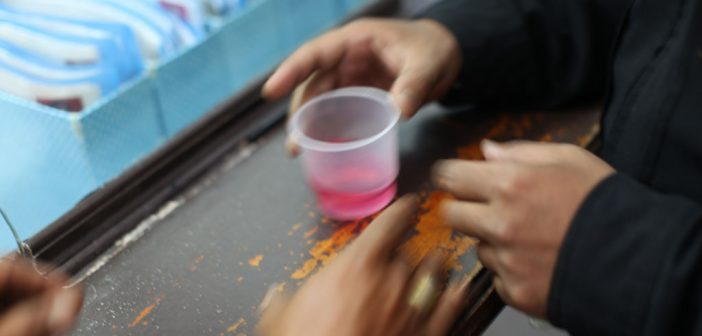
By Jose A. Del RealOriginal Source: nytimes.com
On a street lined with garbage trucks, in an industrial edge of Brooklyn, dozens of people started filing into an unmarked building before the winter sun rose. Patients gather here every day to visit the Vincent Dole Clinic, where they are promised relief from their cravings and from the constant search for heroin on the streets.
Robert Perez exited the clinic on a recent Wednesday and walked toward the subway, along the Gowanus Canal. Within the clinic’s antiseptic blue walls, he had just swallowed a red liquid from a small plastic cup. The daily dose of methadone helps Mr. Perez, 47, manage withdrawal symptoms as he tries to put decades of drug abuse behind him.
“I wish I didn’t have to come here every day, but I have to,” Mr. Perez said outside the clinic. “If you don’t do it, you’re sick. You wake up sick.”
Mr. Perez is not alone. For recovering users without money or private health insurance, these clinics are often the only option to get their lives on track, even as less cumbersome alternatives have become available for those who can pay for it.
In New York City, opioid addiction treatment is sharply segregated by income, according to addiction experts and an analysis of demographic data provided by the city health department. More affluent patients can avoid the methadone clinic entirely, receiving a new treatment directly from a doctor’s office. Many poorer Hispanic and black individuals struggling with drug addiction must rely on these highly regulated clinics, which they must visit daily to receive their plastic cup of methadone.
Mr. Perez expressed gratitude at the chance to treat his addiction, but lamented that his days are now oriented around the clinic. He had commuted 45 minutes from Bushwick to receive his methadone, a highly regulated...click here to continue reading